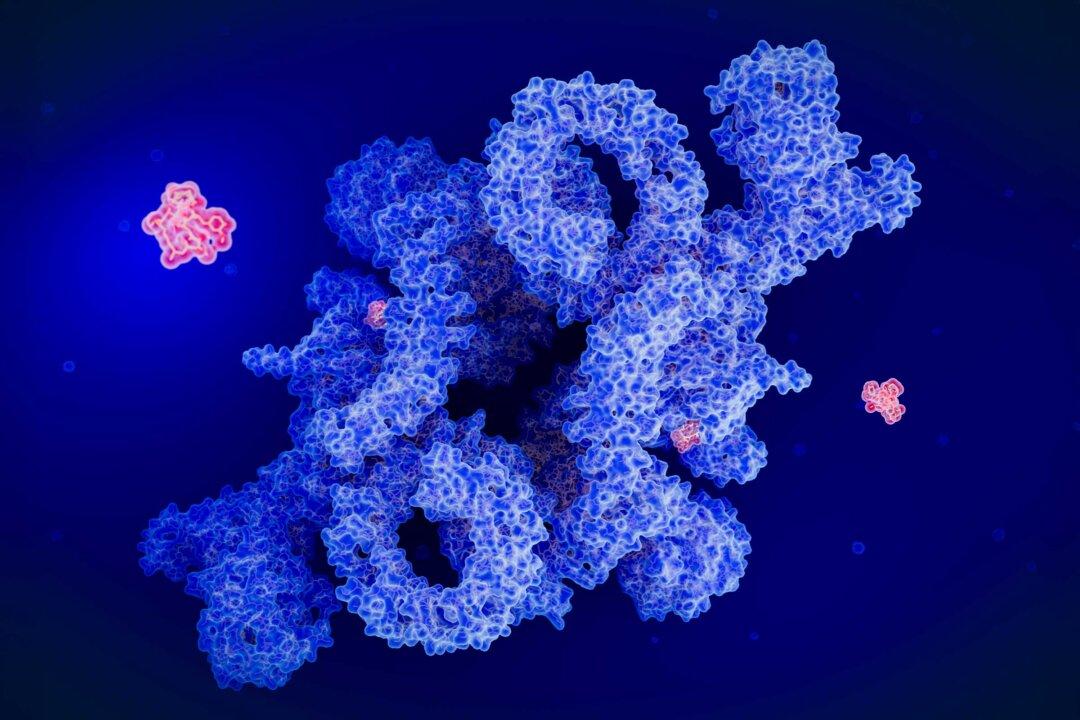The HbA1c is a three-month average of the amount of glucose in the blood, expressed as a percentage. The measurement is used to evaluate a person’s blood sugar control.
Study Findings
The study shows that extreme glucose levels measured by the average HbA1c are associated with an increase in dementia incidence. Glucose levels persistently below a set target range may lead to changes associated with a heightened risk of developing Alzheimer’s disease and related dementias, and blood sugar stability is associated with a reduced dementia occurrence.Dr. Paul R. Conlin, an author of the study and chief of the medical service at VA Boston Healthcare System, summarized the findings of the study in an email to The Epoch Times.
“Among older adults with diabetes, maintaining stable HbA1c levels within patient-specific ranges is associated with a lower risk of Alzheimer’s disease and related dementias,“ he said. ”Dementia risks are particularly increased when HbA1c levels are mostly below target ranges.”
The cohort study included 374,021 older veterans with diabetes. The veterans were primarily males 65 years or older, with a mean age of 73.2. The data assessed were collected from 2004 to 2018. Participants were required to have at least four HbA1c tests during a baseline of three years to determine their HbA1c time in range (TIR).
“We calculate the percentage of time over a 3-year period that a patient’s HbA1c levels are within their target range,” Conlin said.
Eleven percent of the participants in the sample had developed Alzheimer’s and related dementias during their follow-up of up to 10 years. There was also an association with the direction of out-of-range levels—a greater time below the range (60 percent or more) was linked to a significant risk.
HbA1c Time in Range
HbA1c TIR measures the percentage of time that a person’s blood sugar level spends within a target range, typically expressed as a percentage of 24 hours. For example, a patient may have a target of an HbA1c of 6 to 7 percent with a time in range of 60 percent or greater.This measure offers a more comprehensive view of a patient’s blood sugar regulation than the HbA1c.
“We found that HbA1c TIR provides additional risk information beyond that contained in single HbA1c tests,” Conlin said.
A person’s target range is patient-specific and based on his or her current health status. Conlin clarified that lower HbA1c target ranges are appropriate for those in good health, and higher ranges are appropriate for those experiencing major health challenges.
The Link Between Blood Sugar and Dementia
Alzheimer’s disease has been coined Type 3 diabetes in recent years because of its shared mechanisms with diabetes and insulin resistance that are associated with cognitive decline. A meta-analysis published in May in Diabetology & Metabolic Syndrome ultimately concluded that, though little is understood about this relationship, there is a “robust link between diabetes and the onset of dementia,” notably when the diabetes duration is under five years or there is hypoglycemia.Conlin said that there are several mechanisms presumed to increase the risk of Alzheimer’s and related dementias in people with diabetes.
“For example, diabetes leads to vascular and nerve damage, and its treatment may result in low blood sugar (i.e., hypoglycemia), each of which can alter cognitive function,” he said.
Stable Blood Sugar May Prevent Dementia
The recent JAMA study reported that the incidence of Alzheimer’s disease and related dementias is higher in those with diabetes. For those without diabetes seeking to mitigate their prospects of cognitive decline, Conlin suggests that a more important risk-reducing strategy is to prevent the development of diabetes in the first place.“We don’t know the mechanisms for dementia risk in patients with diabetes, so we can’t extrapolate these findings to people without diabetes,” Conlin said.
Further research on the connection between blood sugar and dementia is warranted.
“We found a significant association between low HbA1c TIR and dementia risk, but this doesn’t define a cause-and-effect relationship,” he added.
“An important next step is to see if increasing HbA1c TIR prospectively reduces the risk of dementia.”







